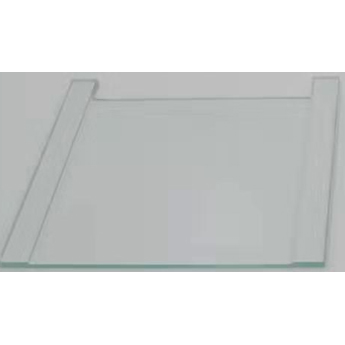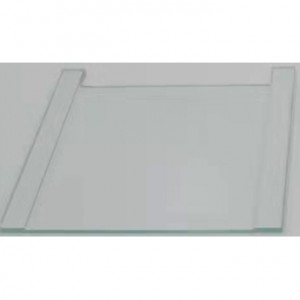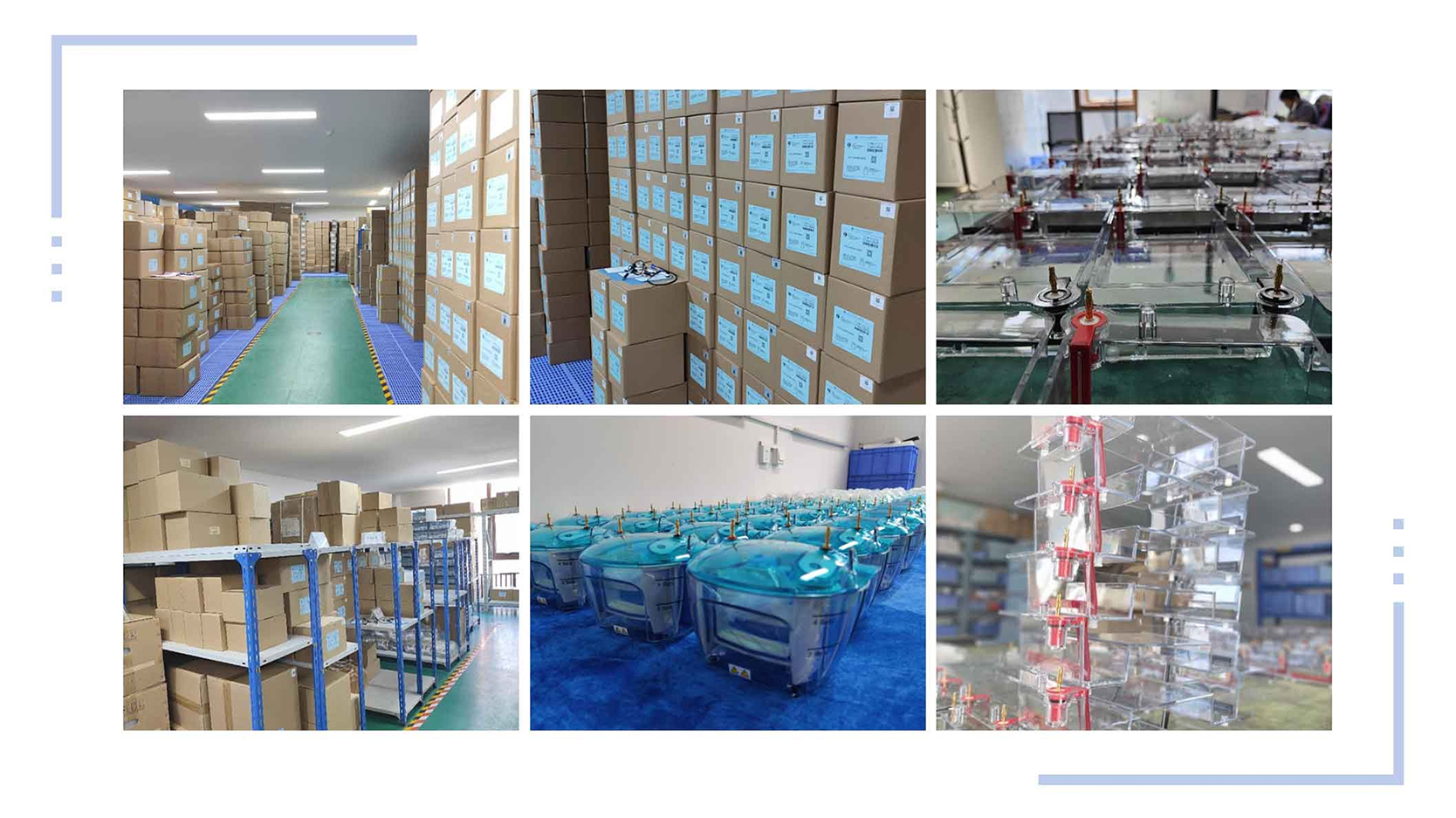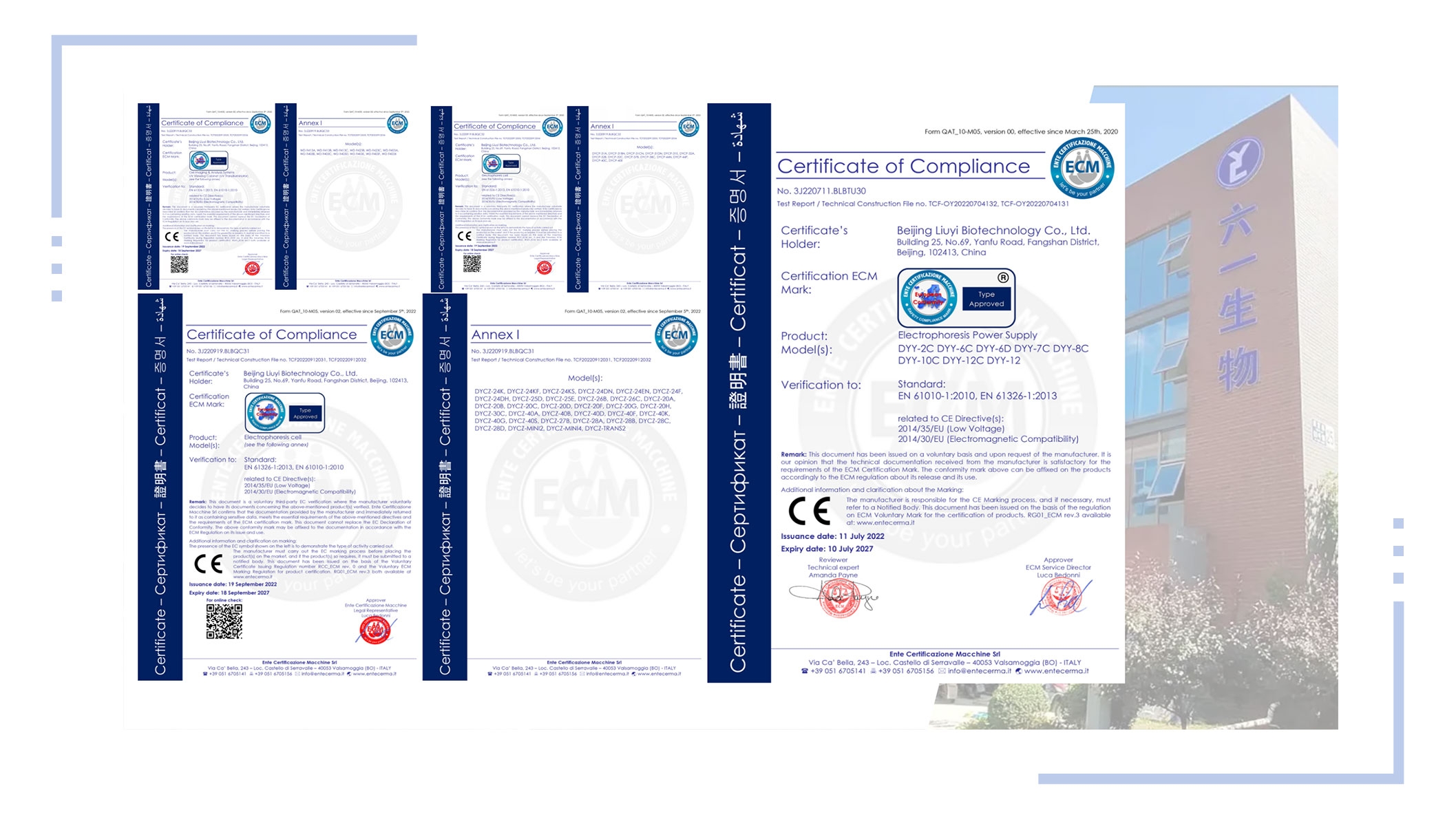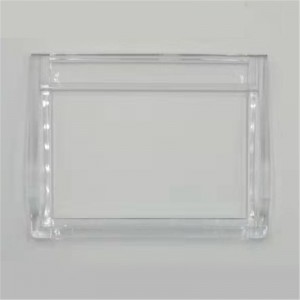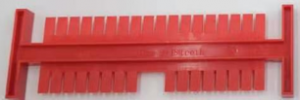DYCZ-24DN Notched Glass Plate (1.5mm)
Description
DYCZ – 24DN mini dual vertical electrophoresis cell is for rapid analysis of protein and nucleic acid samples in miniature polyacrylamide and agarose gels. A vertical gel method is slightly more complex than its horizontal counterpart. A vertical system utilizes a discontinuous buffer system, where the top chamber contains the cathode and the bottom chamber contains the anode. A thin gel (less than 2 mm) is poured between two glass plates and mounted so that the bottom of the gel is submerged in buffer in one chamber and the top is submerged in buffer in another chamber. When current is applied, a small amount of buffer migrates through the gel from the top chamber to the bottom chamber.DYCZ – 24DN system can run two gels at same time. It also save buffer solution,with different sizes of notched glass plates, you can make different thick of gels as your requirement.
DYCZ-24DN electrophoresis chamber has a gel casting device. We need assembly the gel casting device before experiment. The glass plate goes in the bottom of the casting tray. It helps the gel slide out of the casting tray when finished.The gel is held in the casting tray. It provides a place to put the small particles you wish to test. The gel contains pores that allow the particles to move very slowly toward the oppositely charged side of the chamber. At first, the gel is poured in the tray as a hot liquid. As it cools, however, the gel solidifies.The "comb" looks like its name. The comb is placed in slots on the side of the casting tray. It is put in the slots BEFORE the hot, melted gel is poured. After the gel solidifies, the comb is taken out. The "teeth" of the comb leave small holes in the gel that we call "wells." Wells are made when the hot, melted gel solidifies around the teeth of the comb. The comb is pulled out after the gel has cooled, leaving wells. The wells provide a place to put the particles you wish to test. A person must be very careful not to disrupt the gel when loading the particles. Cracking, or breaking the gel will likely affect your results.

